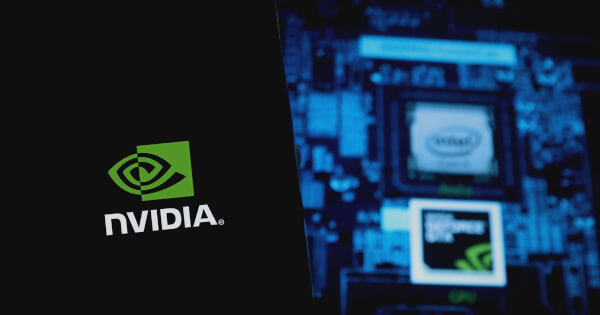
Ted Hisokawa
Feb 21, 2025 10:20
The University of Tokyo is using NVIDIA’s Grace Hopper Superchip to enhance energy efficiency in seismic research, achieving substantial computational performance improvements.
The University of Tokyo has embarked on a groundbreaking initiative to improve energy efficiency in seismic research by utilizing NVIDIA’s innovative Grace Hopper Superchip. This partnership is part of a broader effort to enhance the precision and efficiency of seismic simulations, especially crucial in a seismically active region like Japan.
Harnessing NVIDIA’s Advanced Technology
NVIDIA has been at the forefront of accelerated computing since introducing the GPU in 1999, with its technology now leading the charge in energy-efficient supercomputing. The NVIDIA Grace Hopper Superchip, featuring a tightly integrated CPU-GPU architecture, is enabling the University of Tokyo’s Earthquake Research Institute to achieve significant advancements in seismic simulations. According to NVIDIA, this technology provides an 86-fold improvement in simulation performance and a 32-fold increase in energy efficiency over traditional methods.
Revolutionizing Seismic Safety
The University of Tokyo’s research highlights the potential of heterogeneous computing to transform seismic safety. By leveraging the Grace Hopper’s capabilities, researchers can conduct more complex and precise modeling of earthquake-resistant infrastructure. This innovation is crucial for predicting and mitigating the impacts of earthquakes, thereby contributing to safer urban environments.
Recognition and Future Implications
The breakthroughs achieved using the Grace Hopper Superchip were presented at the WACCPD 2024 conference, showcasing how NVIDIA’s hardware-software synergy addresses large-scale computational challenges. Beyond seismic research, this approach promises to reshape energy efficiency across various high-performance computing applications.
As part of the ongoing efforts to integrate cutting-edge technology in research, Kohei Fujita, an associate professor at the University of Tokyo Earthquake Research Institute, will discuss these advancements at NVIDIA GTC 2025. The session will delve into the implementation of accelerated PDE-based time-history simulation using data-driven methods on CPU-GPU systems, highlighting the transformative potential of this technology.
The collaboration between NVIDIA and the University of Tokyo underscores the vital role of technology in addressing global challenges. By setting new standards for computational performance and energy efficiency, this partnership paves the way for a future where scientific progress aligns with sustainability goals.
Image source: Shutterstock


